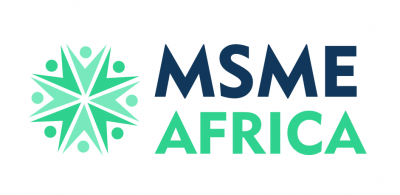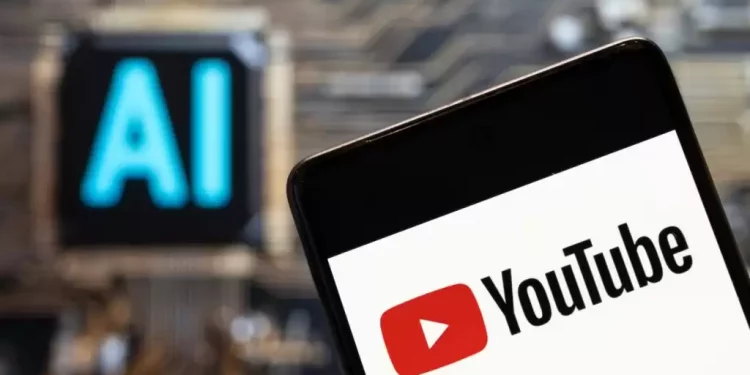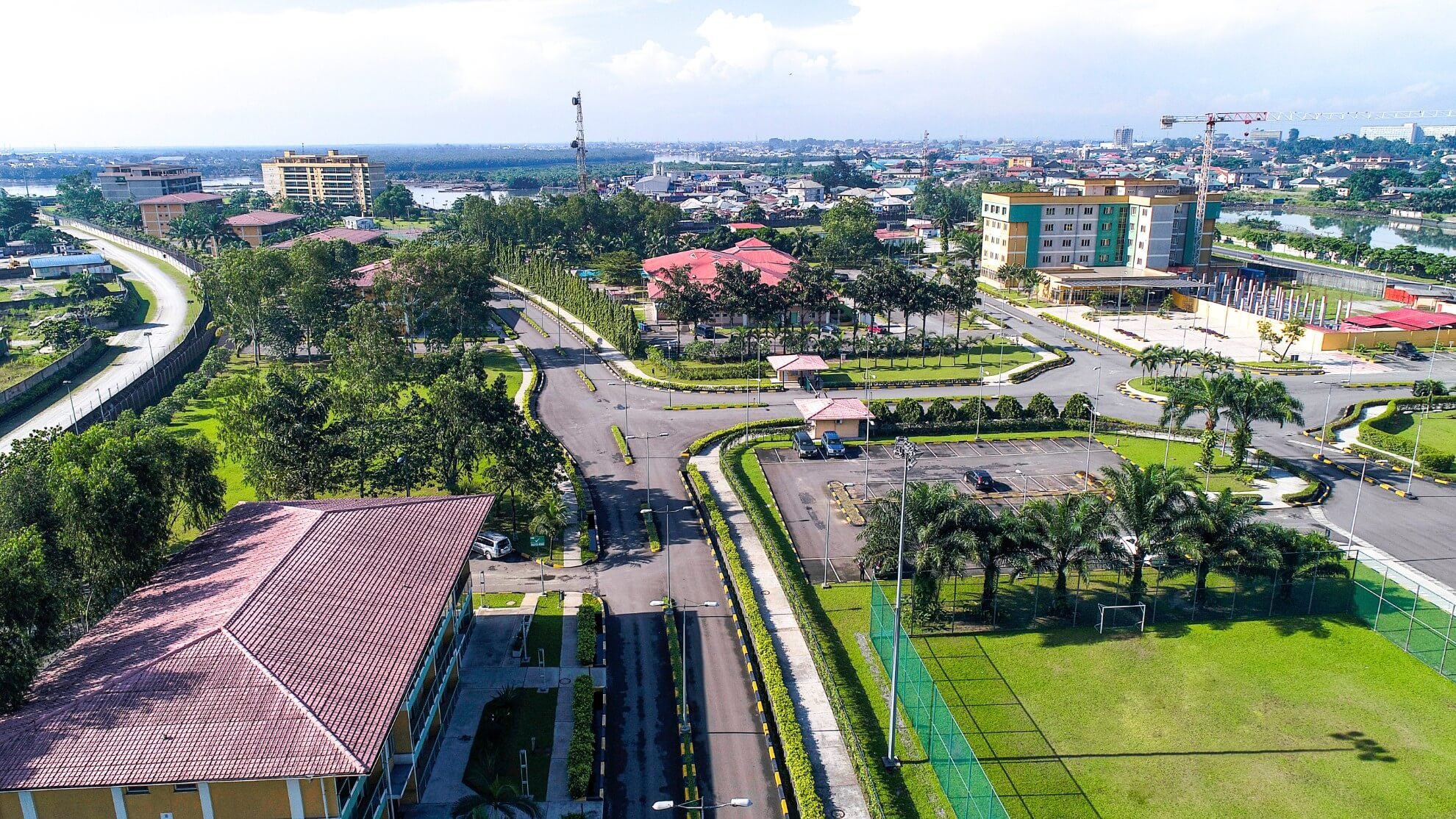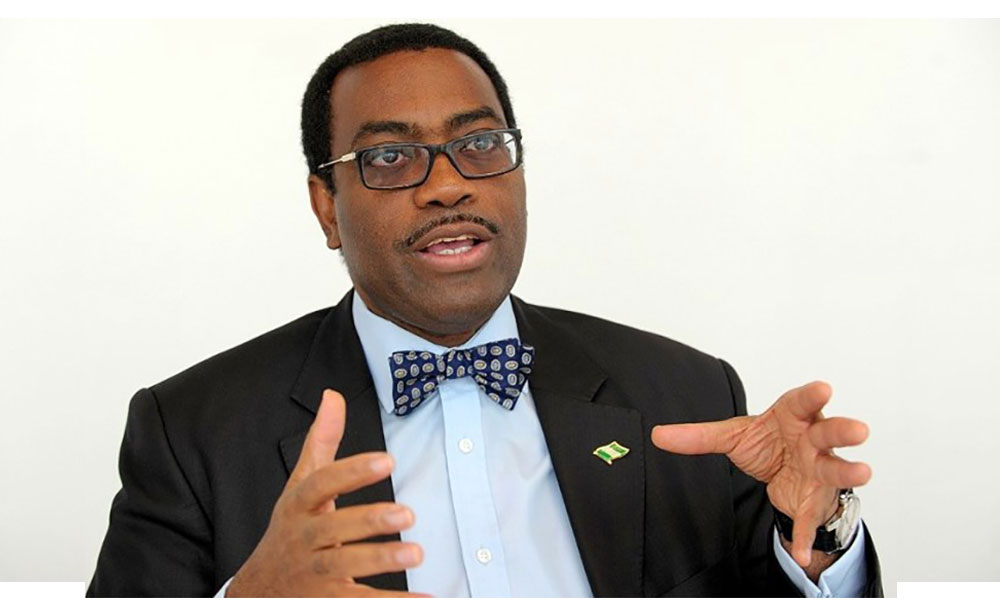YouTube has raised the subscription fee for its Premium service in Nigeria and South Africa, as part of a wider trend of price adjustments across several countries. The platform, owned by Google, informed Nigerian users via email on April 4, 2025, that the monthly rate would rise from ₦1,100 to ₦1,700. The company stated the increase was necessary to sustain service quality and support creators on the platform.
YouTube Premium offers users an ad-free experience, background play, and uninterrupted access to music and videos. The new price will take effect from each subscriber’s next billing cycle.
South African users are also affected. Starting mid-year, the Premium individual plan will cost R81.99 per month, up from R71.99, while the family plan will rise to R149.99. YouTube Music-only subscribers will now pay R64.99, a slight jump from R59.99.
Beyond Africa, long-time U.S. subscribers who joined during the initial rollout of YouTube’s predecessor service, Music Key, in 2014 are also seeing their first price increase after over a decade of paying $7.99 monthly.
These price hikes follow similar actions by Google in February when it raised fees for its Google One cloud storage services in Nigeria, Ghana, Egypt, and Tanzania. Other tech giants such as Netflix, Starlink, and Microsoft have also adjusted their pricing structures across the continent since 2024.
The widespread adjustments reflect how Africa’s worsening economic conditions are influencing global service providers, prompting them to revise pricing in response to inflation, currency fluctuations, and rising operational costs.
These adjustments are stirring conversations across the continent, particularly among young users, remote workers, and digital entrepreneurs who rely heavily on subscription-based platforms for entertainment, education, and business tools. The new price points raise concerns about digital accessibility and affordability, especially in economies where disposable income is under pressure and currency depreciation continues to undermine purchasing power.
In Nigeria, for instance, many users are questioning the steep ₦600 increase, especially in a market where alternative streaming platforms are also becoming more expensive. Though YouTube maintains that the higher fees will fund improvements and support content creators, some users worry it may push more people toward ad-supported free versions or unofficial alternatives.
The price change also puts into perspective the growing reliance of tech companies on African markets for subscription revenue. As more users across the continent adopt digital platforms, Africa is no longer seen solely as a passive consumer base but a critical frontier for revenue growth. Yet, the increasing costs of these services reveal a mismatch between global pricing models and local economic realities.
For digital entrepreneurs and small business owners, these rising costs have operational implications. Creators who use YouTube Premium to access exclusive tools, uninterrupted uploads, or background play for research now face higher monthly overheads. Similarly, the Google One price increases earlier in the year—affecting cloud storage essential for small businesses—added to growing concerns about long-term affordability of digital infrastructure in Africa.
This trend of rising subscription costs is unlikely to reverse soon. With global inflation, currency volatility, and the increasing costs of data hosting, global platforms are expected to continue adjusting their prices. Analysts suggest that unless local partnerships, flexible pricing models, or regional subsidies are introduced, the digital divide in Africa may deepen as access becomes more expensive.
In the meantime, users are left weighing the value of convenience and premium access against tightening budgets. As more global platforms raise prices, the question of affordability versus digital dependence will continue to shape Africa’s tech adoption landscape.










